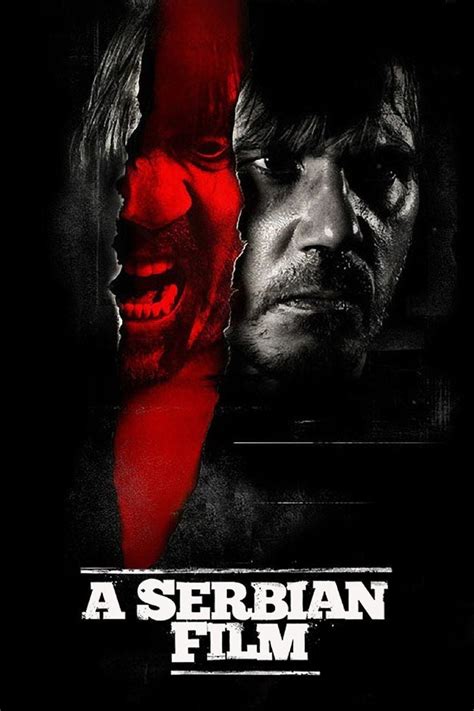Iconic Movie Scenes: A Look at Cinematic History
This article explores unforgettable movie scenes that have shaped cinematic history. We'll examine what makes a film scene truly iconic, analyzing its impact on storytelling, visual artistry, and cultural relevance. Prepare to revisit some of the most memorable moments in film!
The Power of a Great Movie Scene
A truly great movie scene transcends its place within the larger narrative. It becomes a standalone moment of cinematic brilliance, often quoted, imitated, and celebrated for years to come. This power stems from a confluence of factors: strong writing, compelling performances, masterful direction, and often, groundbreaking visual effects or innovative techniques.
Defining Moments: A Selection of Iconic Film Scenes
Let's delve into some examples of impactful film scenes across different genres:
The Shower Scene, Psycho (1960): Alfred Hitchcock's masterful use of suspense and editing redefined horror cinema, making this film scene* instantly recognizable and terrifying. This movie scene demonstrates the power of suggestion and editing to create maximum impact.
"I'm walking here! I'm walking here!", Midnight Cowboy (1969): This seemingly simple movie scene encapsulates the gritty realism of the film and the characters' struggles. The raw dialogue and powerful performance elevate this film scene* to iconic status.
The "Over the Rainbow" Scene, The Wizard of Oz (1939): This magical film scene* is a quintessential example of Technicolor's impact on cinema and the power of visual storytelling. The vibrant colours and Judy Garland's performance make this movie scene timeless.
The ballroom scene, Strictly Ballroom (1992): This movie scene is unforgettable thanks to its bold choreography and captivating energy. It's a triumph of visual storytelling and emotion, showing the power of film scenes* to convey themes of self-expression.
The opening scene of Goodfellas (1990): This film scene* is an example of highly-stylized storytelling. It uses rapid cuts, a catchy soundtrack, and compelling dialogue to draw the viewer into the story. This movie scene is a masterclass in establishing character and tone from the very beginning of a movie.
These are just a few examples of the many incredible movie scenes that have enriched cinematic history. Each one demonstrates the power of film scenes to not only advance narratives but also to impact popular culture and inspire future filmmakers.
What Makes a Movie Scene Memorable?
Several key elements contribute to a memorable movie scene. These include:
- Strong writing: Compelling dialogue, a well-defined conflict, and a satisfying resolution.
- Innovative techniques: The use of special effects, editing, or camera work to enhance the emotional impact.
Exceptional performances: Actors who convincingly portray their characters, bringing depth and emotion to the film scene*.
Masterful direction: The director's vision shapes the film scene*'s pacing, cinematography, and overall aesthetic.
The Lasting Impact of Iconic Film Scenes
Iconic movie scenes have a far-reaching impact. They are referenced in other films, parodied in comedy sketches, and discussed in film studies classes. They shape our understanding of filmmaking and leave a lasting impression on our collective cultural memory.
Frequently Asked Questions (FAQs)
Q: What makes a film scene iconic?
A: A combination of factors, including strong writing, compelling performances, innovative filmmaking techniques, and cultural relevance, contributes to a film scene's iconic status. The film scene often becomes instantly recognizable and has a lasting impact on audiences and popular culture.
Q: How do film scenes impact storytelling?
A: A powerful film scene can advance the narrative, develop characters, reveal themes, and evoke strong emotions in the audience. The impact of a key film scene can often reshape the movie's overall emotional arc.
This exploration of iconic movie scenes highlights the artistry and power of filmmaking. Each film scene mentioned above stands as a testament to the enduring impact of cinematic storytelling.





